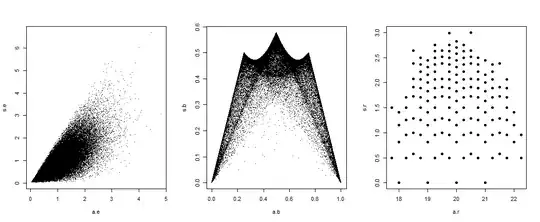Independence of $\bar X$ and $S$ is true only for normal data. Consider standard exponential, Beta(.1, .1), and severely rounded normal data (which are no longer normal).
Plots of sample standard deviations against sample means. For exponential data, $\bar X$ and $S$ are highly correlated, for the other two cases correlation is $0,$ but plots show
lack of independence.

R code for figure:
set.seed(2022)
n = 4 # sample size
m = 10^5 # data
DTA.e = matrix(rexp(m*n), nrow=m)
a.e = rowMeans(DTA.e)
s.e = apply(DTA.e, 1, sd)
DTA.b = matrix(rbeta(m*n,.1,.1), nrow=m)
a.b = rowMeans(DTA.b)
s.b = apply(DTA.b, 1, sd)
DTA.r = matrix(round(rnorm(m*n, 20)), nrow=m)
a.r = rowMeans(DTA.r)
s.r = apply(DTA.r, 1, sd)
par(mfrow=c(1,3))
plot(a.e, s.e, pch=".")
plot(a.b, s.b, pch=".")
plot(a.r, s.r, pch=19)
par(mfrow=c(1,1))
